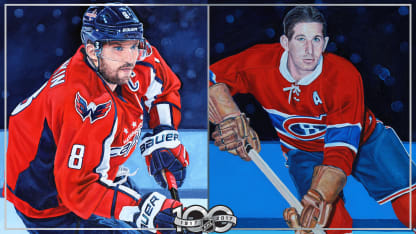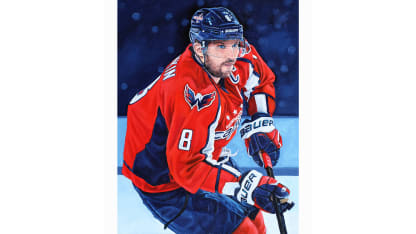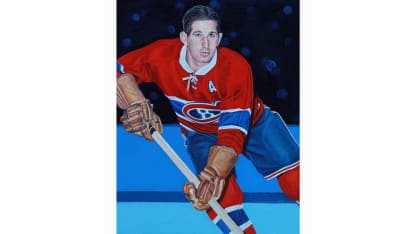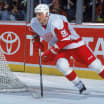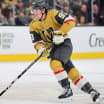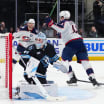Alex Ovechkin, the No. 1 pick in the 2004 NHL Draft by the Washington Capitals, was an immediate sensation as a rookie in 2005-06. He won the Calder Trophy after finishing with 106 points (52 goals, 54 assists) and scoring one of the most spectacular goals in NHL history against the Phoenix Coyotes on Jan. 16, 2006.
Ovechkin had the right athletic genes to be a star; his mother, Tatyana, was a two-time Olympic gold medalist and the best Soviet basketball player of her generation, and his father, Mikhail, was a professional soccer player. He quickly turned into the bane of opposing goaltenders, especially on the power play, when his one-timer from the left circle became one of the NHL's most lethal shots.
But Ovechkin also showed he was more than just a scorer. At 6-foot-3, 239 pounds, he was a physical force who seemed to get as much pleasure out of leveling an opponent with a crushing body check as scoring yet another goal.
"Within a week or so we knew that we had a real special human being here," said Glen Hanlon, Ovechkin's first coach with the Capitals.
In his
NHL100 profile of Ovechkin
, author Wayne Coffey wrote about how the death of his older brother affected him.
"If young Alex needed any additional motivation as hockey-loving kid in Moscow, he got it from the memory of his brother, Sergei, who had introduced him to the sport. Sergei died at 25 of a blood clot after a car wreck. Ten years old at the time, Alex plunged into a grief that would never completely go away but somehow seemed a little less crushing when he was playing hockey. He still avoids talking about the tragedy publicly, but told Graham Bensinger in a 2015 interview about playing a hockey game the day after Sergei's death.
"'It was hard, I was crying… I was on the bench, I was crying,'" he said. "'But my shift coach said 'OK, go play'. And I play and I'm crying. It was hard but at 10 years old, you obviously [don't] realize what's happening.
"'They were very close,'" said Igor Nikulin, a fellow Russia native who played with Ovechkin for four years with Dynamo Moscow in the Kontinental Hockey League. "'The memory of his brother is something he plays for. But he doesn't talk about it, ever.'"
Artist Tony Harris said that like many hockey immortals, Ovechkin has something that's unique to him.
"I have done several paintings of Alex Ovechkin, and my favorite part is always the skate lace that he uses to tie around his pants," Harris said. "Bobby Orr had the single wrap of tape on his stick. Gretzky tucked his shirt in his pants and Ovi uses a skate lace for a belt. Classic.
